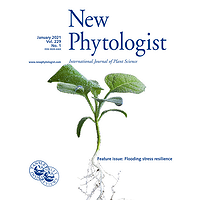Many tropical montane cloud forest (TMCF) trees are capable of foliar water uptake (FWU) during leaf-wetting events. In this study, we tested the hypothesis that maintenance of leaf turgor during periods of fog exposure and soil drought is related to species' FWU capacity. We conducted several experiments using apoplastic tracers, deuterium labeling and leaf immersion in water to evaluate differences in FWU among three common TMCF tree species. We also measured the effect of regular fog exposure on the leaf water potential of plants subjected to soil drought and used these data to model species' response to long-term drought. All species were able to absorb water through their leaf cuticles and/or trichomes, although the capacity to do so differed between species. During the drought experiment, the species with higher FWU capacity maintained leaf turgor for a longer period when exposed to fog, whereas the species with lower FWU exerted tighter stomatal regulation to maintain leaf turgor. Model results suggest that without fog, species with high FWU are more likely to lose turgor during seasonal droughts. We show that leaf-wetting events are essential for trees with high FWU, which tend to be more anisohydric, maintaining leaf turgor during seasonal droughts.

Cloud forest trees with higher foliar water uptake capacity and anisohydric behavior are more vulnerable to drought and climate change
Review badges
0 pre-pub reviews
0 post-pub reviews
